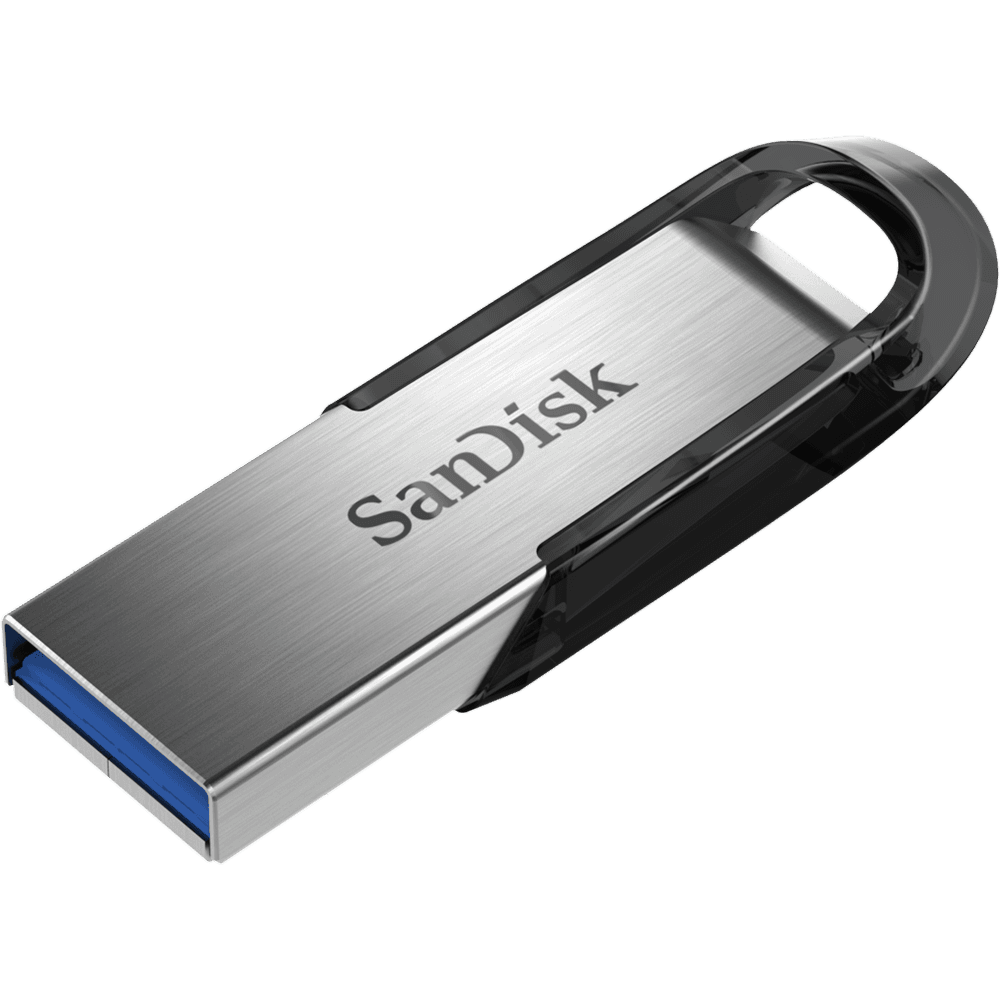23.1 Creating Simple Database Application
Visual basic allows us to manage databases created with
different database programs such as MS Access, oracle, MySQL and more. In this
lesson, we are not dealing with how to create database files but we will see how
we can access database files in the VB environment. In the following example, we will create a simple database
application which enables one to browse customers' names. To create this
application, select the data control on the toolbox(as shown in Figure 23.1) and insert it into the new form. Place the data
control somewhere at the bottom of the form. Name the data control as
data_navigator. To be able to use the data control, we need to connect it to any
database. We can create a database file using any database application but I
suggest we use the database files that come with VB6. Let's select NWIND.MDB as
our database file.
Figure 23.1
23.2 Connecting Data Control to Database
To connect the data control to this database,
double-click the
DatabaseName property in
the
properties window and then click on the button with three dots on the
right(as shown in Figure 23.2) to open a file selection dialog as shown
in Figure 23.3.
From the dialog, search the folders of your hard drive to locate the
databse file NWIND.MDB. It is usually placed under Microsoft Visual
Studio\VB98\ folder,
Select the aforementioned file and now your data control is connected to
this database file.
The next step is to double-click on the
RecordSource
property to select
the customers table from the database file NWIND.MDB, as shown in Figure
23.4. You can also change the caption of the
data control to anything, we use Click to browse Customers. After that,
we will place a label and change its caption to Customer Name. In
addition, insert another label and name it as cus_name and leave the
label
empty as customers' names will appear here when we click the arrows on
the data
control. We need to bind this label to the data control for the
application to
work. To do this, open the label's
DataSource and
select data_navigator that will appear automatically. One more thing that we
need to do is to bind the label to the correct field so that data in this field
will appear on this label. To do this, open the
DataField
property and select ContactName, as shown in Figure 23.5.
Now, press F5 and run the program. You should
be able to browse all the customers' names by clicking the arrows on the data
control, as hown in Figure 23.7.
The Design Interface.
Figure 23.6
The Runtime Interface
Figure 23.7
You can also add other fields using exactly the same method. For
example, you
can add title, company, adress, City, postcode ,telephone number and
more to the database browser. Besides, you can design a more
professional interface, as shown in Figure 23.8.
Figure 23.
This is a short description in the author block about the author. You edit it by entering text in the "Biographical Info" field in the user admin panel.










0 comments:
Post a Comment